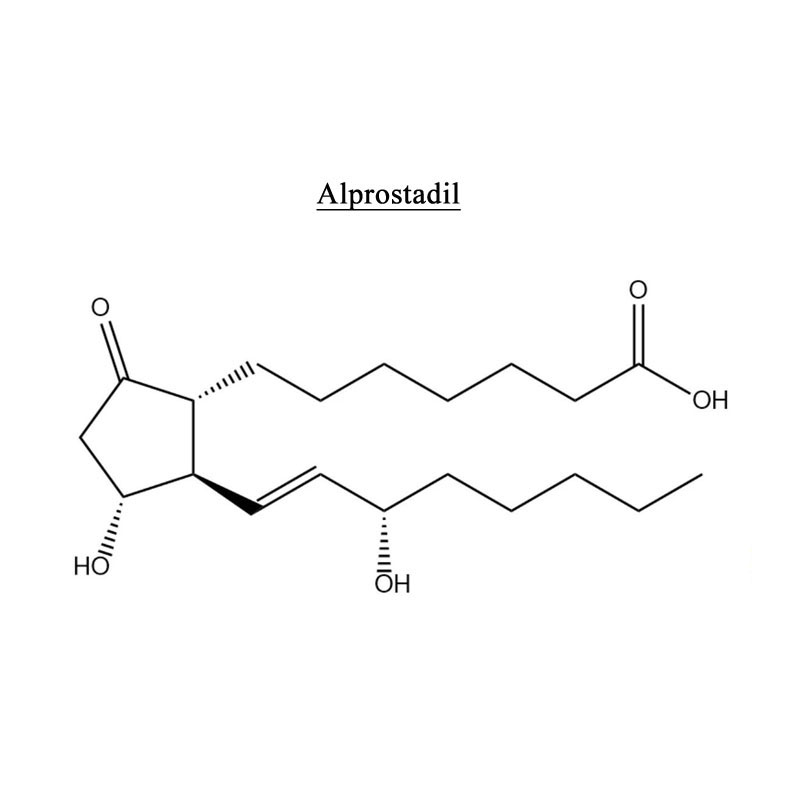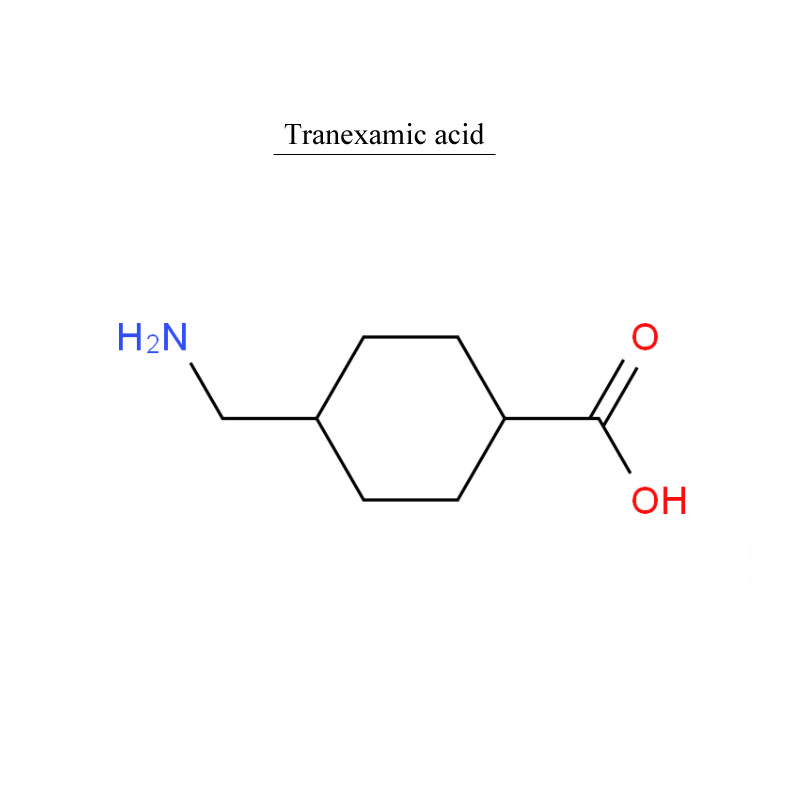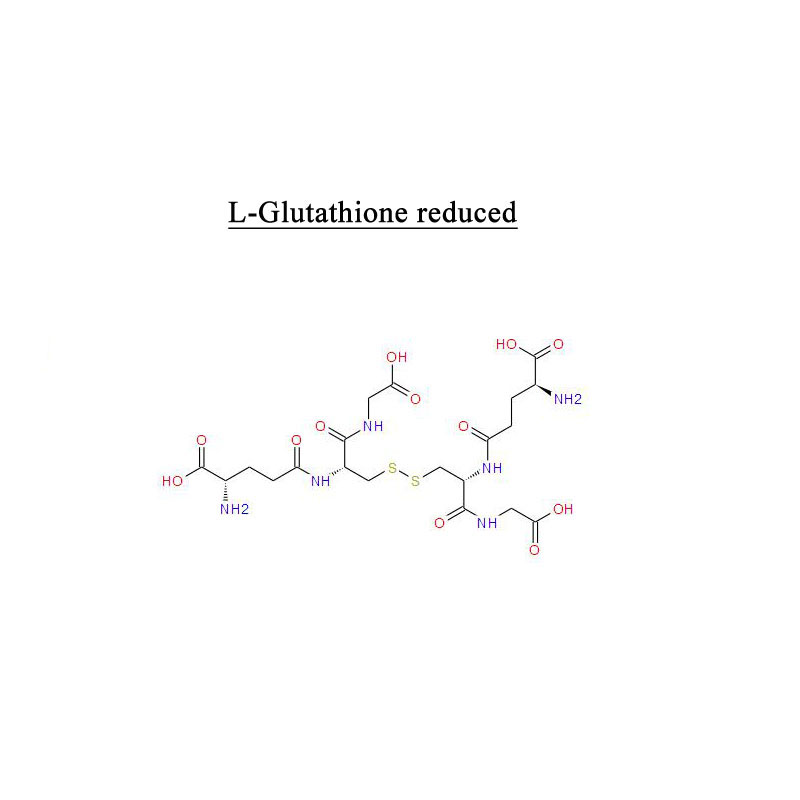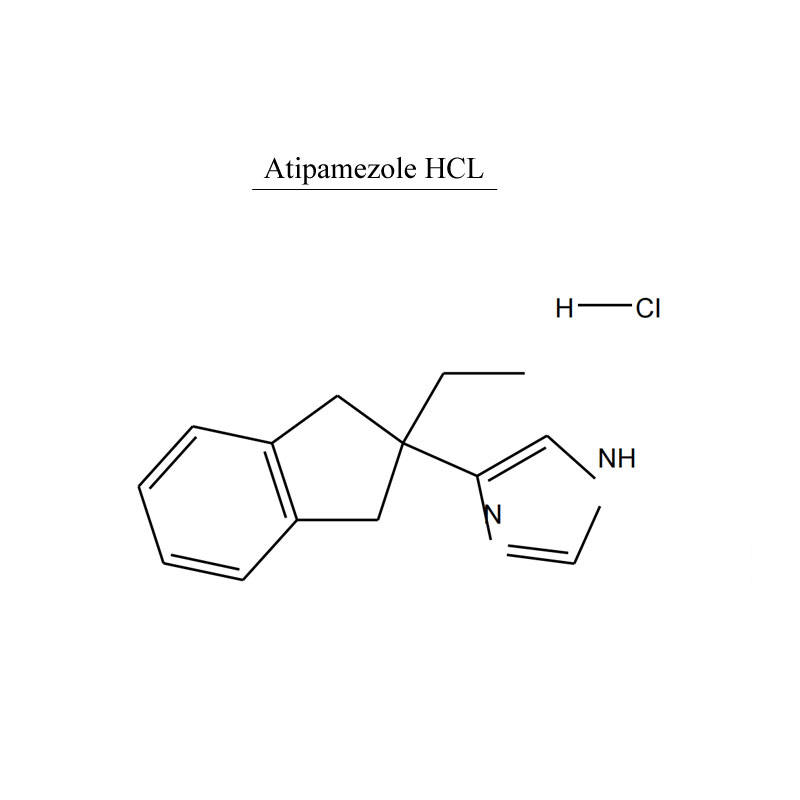Cantharidin 56-25-7 Antineoplastic
Payment: T/T, L/C
Product Origin: China
Shipping Port: Beijing/Shanghai/Hangzhou
Production capacity: 25kg/month
Order(MOQ): 1g
Lead Time: 3 Working Days
Storage condition: Stored in cool and dry place, sealed and keep away from light.
Package material:vial, bottle
Package size:1g/vial, 5/vial, 10g/vial, 50g/bottle, 500g/bottle
Safety information: UN2811 6.1/ PG 2
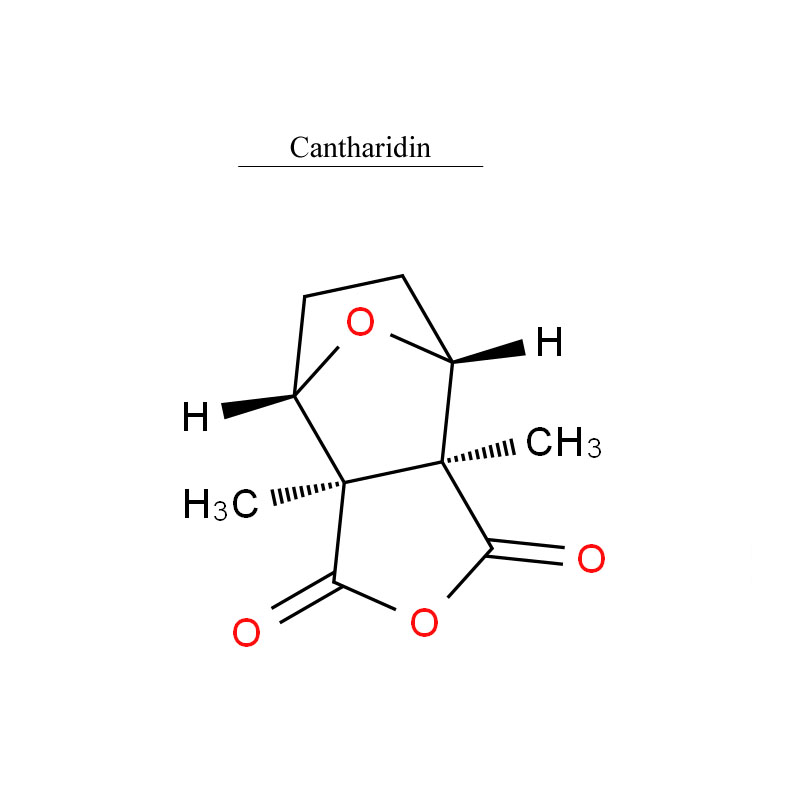
Introduction
Cantharidin is an odorless, colorless fatty substance of the terpenoid class, which is secreted by many species of blister beetles. It is a burn agent or a poison in large doses, but preparations containing it were historically used as aphrodisiacs (Spanish fly). In its natural form, cantharidin is secreted by the male blister beetle and given to the female as a copulatory gift during mating. Afterwards, the female beetle covers her eggs with it as a defense against predators.
Poisoning from cantharidin is a significant veterinary concern, especially in horses, but it can also be poisonous to humans if taken internally (where the source is usually experimental self-exposure). Externally, cantharidin is a potent vesicant (blistering agent), exposure to which can cause severe chemical burns. Properly dosed and applied, the same properties have also been used therapeutically, for instance for treatment of skin conditions such as molluscum contagiosum infection of the skin.
Specification (in house standard)
|
Item |
Specification |
|
Appearance |
White powder |
| Odor & Taste | Characteristic |
| Particle size | ≥95% through 80 mesh |
| Identification | Matches reference standard |
| Moisture content | ≤4.0% |
| Residue ignition | ≤1.0% |
| Heavy metals | ≤10ppm |
| Lead | ≤2ppm |
| Arsenic | ≤1ppm |
| Mercury | ≤1ppm |
| Cadnium | ≤1ppm |
| Total plate count | ≤1000cfu/g |
| Total yeast & mold | ≤100cfu/g |
| E.Coil | Negative |
| Salmonella | Negative |
| Staphylococcus | Negative |
| Assay (HPLC) | ≥98% Cantharidin |



